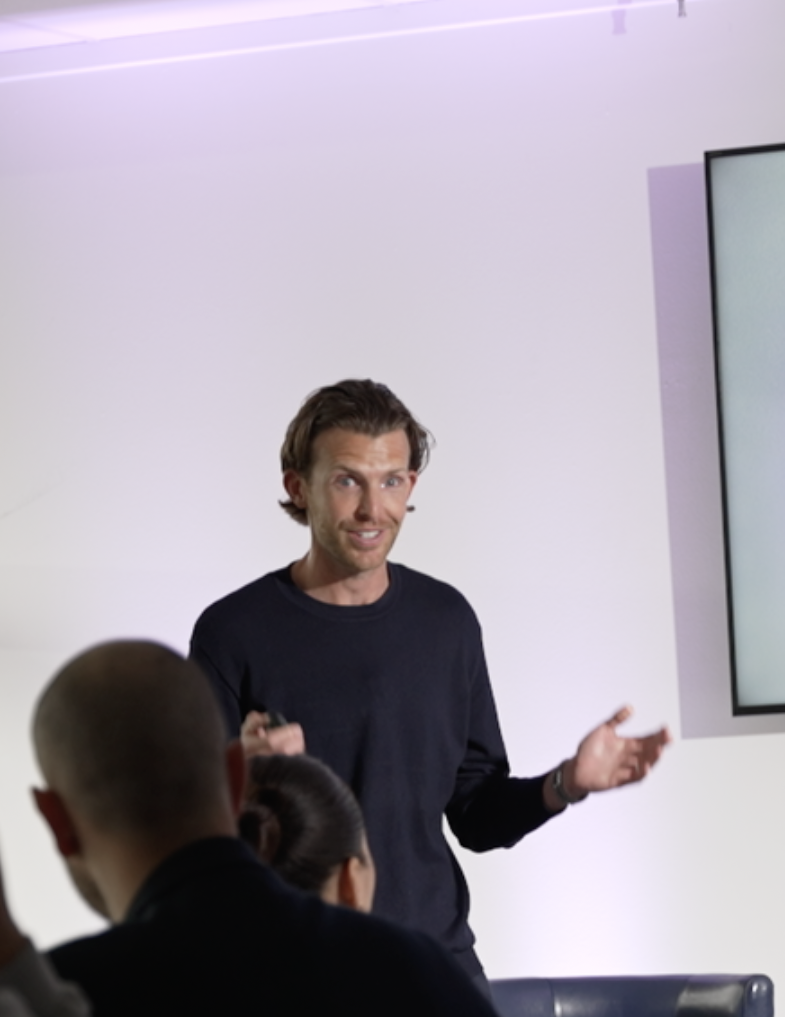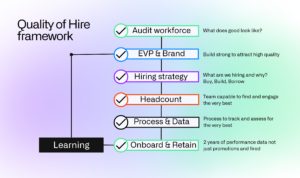How to build a Quality of Hire MVP model?
- Share on LinkedIn
- Share on Twitter
- Copy link Copied to clipboard

How to build a Quality of Hire MVP model?

Building a quaility of hire model
Introduction
The early 2020’s went a bit crazy and the trend was SCALE AT ALL COSTS….
Companies went on huge scale journey’s with very little planning around what they where hiring, why they where hiring it and little focusing on the quality of who they where bringing in.
We all know how that played out.
However, what’s been left are lots of companies looking around scratching there heads….
- Why has the culture dropped so much?
- Why is productivity low?
- Why did we hire that person or team? They are well below the benchmark…
- How did we end up with a team that is big and so average?
The next 5-10 years will have a laser focus on Quality of hire not Quantity of hire.
It will be all about hiring and retaining smaller but super high-quality teams.
It’s highly likley AI will augment TA professionals productivity to deliver the volume hires in business.
Regardless of AI, scale mode or recession. The aim of the game should always be to hire the VERY BEST. Whether its one person or 100 people.
This foundational principal has been lost over the years but we think will make a come back between now and 2035.

Hiring for Quality
Why is it so hard?
There are lots of reason why projects focused on quality of hire fail but listed below are a few.
#1: it’s HARD. People will always find the easiest route to the outcome and in doing that wont focus on the highest level of quality and maintaining a super high bar.
#2: It’s LONG. Do this properly it’s a 2 years framework. Most businesses change leaders, strategy or just get bored along the journey and lose interest.
#3: It’s hard to TRACK. Tracking data on quality of hire is notoriously tricky and attaching a clear ROI in the time spent on the project can be even harder to demonstrate.
#4: It involves LOTS of people. To do this properly you need TA, HR, L&D, EVERY SINGLE MANAGER IN THE BUSINESS, plus many more. Getting everyone aligned at the start is a mission let alone getting to outcome.
However, this is exactly where the opportunity lies. No one is really doing this properly!!!
It’s a HUGE competitive advantage and those that get there first will enjoy the rewards for many years to come.
Our step by step guide
Quality of Hire: The Holy Grail of TA & HR
Check out an intro from Ben Rutter, Founder of the #Houseofvisionaries on the topic
STEP 1 – Capture your North Star
A great example of this for a F1 company would be “make the car go faster”. This sets the tone for the program and connects it to the mission.
STEP 2 – Start Small
If you don’t bite of a more manageable chunk it ain’t gonna work.
Anyone who trys to do it across all job functions, roles may never get there. Choose one job family or function that most positively impacts the success of the business.
STEP 3 – Define precisely what a “Quality Hire” looks like
1) Focus on culture fit, personality traits and behaviours that your business needs. Skillsets will change over time but the core behaviors of your people will change less in the longer run.
This is more scalable across the business too Vs having lots of sets of differing skills to measure against across all the different functions.
2) Make things more manageable. Focus on the things that most / all parts of the business see and define as “quality”.
Take a leaf out of Jeff Bezos book and define things that you’ll always need. He famously identified that people will always want cheap prices and fast delivery = Amazon North Stars. What does your company need in its people today, and forever?
STEP 4 – Build the measurement framework
We all agree that the ideal framework would have a mixture of technical skills, personality and soft skills, however this is really hard.
Tracking data in this space is very difficult, which is one of the reasons why it never happens or lacks substance. Justifying the ROI of the time doing this is tougher still.
move towards assessing what good looks like from a human behaviors point of view, and therefore we’re looking to measure that through the interview stage rather than everything or skills as well
STEP 5 – Curveball option “define and measure bad hires”
If you’re still worried about achieving biting this off and it still feels too big and too scary, maybe start here.
It’s really easy and glaringly obvious what bad looks like in your business:
– bad stands out very easily in the business
– bad stands out very easily in the interview
If we can create a process that focuses on poor quality, you’re achieving a very similar outcome. However, you can get there much quicker and much easier.
SUMMARY / RECOMMENDATION
Simplify the whole damn thing!
In the minimum viable product, we’re just looking to find correlations between just two data sets.
What people scored on the way in and how they’re performing in role?
eg So if someone scored 75 out of 100 on the way in and we ranked them to be just beyond benchmark. Compare that with someone else who scored 95 out of 100 on the way in. Someone who we were confident they were the most upstanding person for our business.
Is there a correlation between their performance reviews and the original data point?
If the answer is yes, then we are on the right track.
If the answer is no, there is 0 correlation, then the whole thing is broken and we gotta go back round and review the definition of quality and measurement of it again.
Gain further inspiration
Co-created content from the HOV community.
This free smoke consists of inspiring podcasts, insights and tools to help you level up the game in TA and HR.


